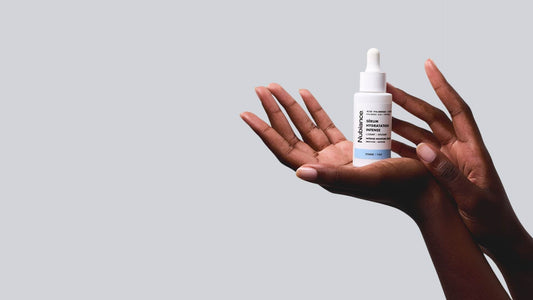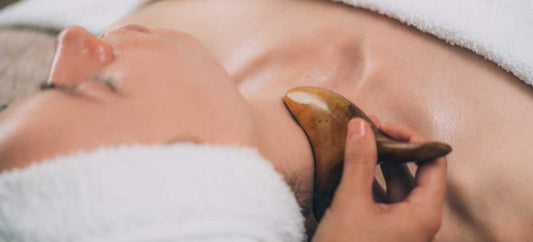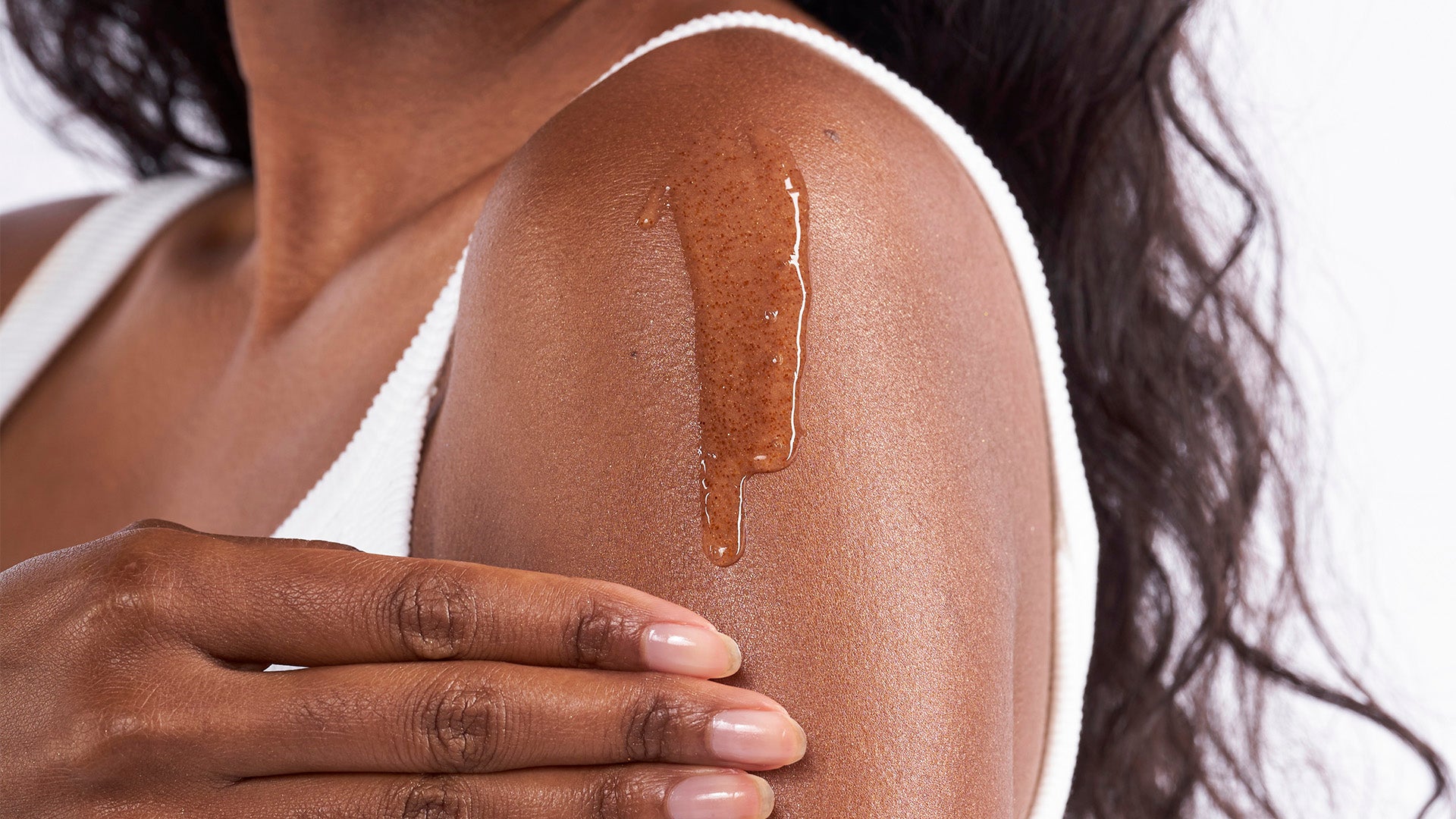
Skin regeneration: how does it work?
Partager
Skin regeneration is a mechanism for eliminating dead cells in the epidermis . Dead skin peels off to make way for new skin . It is an essential process to preserve the beauty of your skin . When cell renewal is disrupted, it can be the cause of a loss of tone and promote the appearance of imperfections.
What is the importance of cell renewal?
Without cell regeneration, it is impossible to maintain a healthy epidermis. A normal skin cycle is the secret to luminous and hydrated skin.
On the contrary, when the process is disturbed, the skin becomes dehydrated and loses its elasticity. It becomes dry and rough. In addition to this, it is no longer able to protect itself from external aggressions. It becomes very reactive to temperature changes and can suffer from infections.
👉🏾 Discover the impact of cold on the skin !
How does cell renewal work?
Imagine that your epidermis is like a four story wall. The tiers represent the sublayers of keratinocytes, the cells that make up 90% of the surface layer of the skin. These cells are produced in the deepest surface of the epidermis and migrate to the surface of the skin.
On floor 1 , we find the basal layer. This is where the keratinocytes emerge.
On floor 2 is the prickly layer. Keratinocytes produce keratin.
On floor 3 is the granular layer. Keratinization begins at this level. The cells produce solid granules. The more they rise to the surface, the more they turn into keratin. This natural protein is responsible for the good structure of the skin.
On floor 4 is the stratum corneum. It is found on the surface of the epidermis. It is made up of corneocytes. These cells make up most of the outer layer of the epidermis.
They come together en masse and create a protective barrier against external aggressions. During the cycle, they detach to make room for new cells which will in turn detach. This process is called desquamation.

How long does skin regeneration take?
The regeneration of the epidermis lasts between 3 and 4 weeks. This duration corresponds to the time needed by the keratinocytes to cross the four skin layers.
Every day, your epidermis gets rid of dead cells. However, it is most active between 11 p.m. and 4 a.m. Hence the importance of sleeping well.
How to stimulate cell renewal?
Cellular regeneration takes place naturally and autonomously in the body. However, certain factors can disrupt this cycle, including heredity, external aggressions, age, sun exposure, stress and lack of sleep.
Nevertheless, it is possible to stimulate it in several ways.
Exfoliate the skin regularly
Exfoliating once or twice a week rids your skin of dead cells.
Moreover, when you do a scrub or a chemical peel, you peel off some of the dead skin in a few minutes. It is for this reason that your skin appears smoother and more luminous.
Have a routine to preserve the health and beauty of your skin
Going to bed without removing your makeup prevents cell renewal in your skin and makes it look dull. Before snuggling up in the arms of Morpheus, take at least 3 minutes of your time to double-cleanse your face. The first cleaning consists of eliminating impurities with micellar water . The second comes in addition to cleanse the skin and refresh it.
Then apply a care cream that meets the needs of your skin. Nubian skins are often prone to hyperpigmentation and lack of radiance. Your favorite care will therefore be the Anti-Spot Care, HRB-3, Night formula . For blemishes such as cysts and pimples, we suggest Act-5 Anti-Blemish Intense Care . Cleansed and hydrated skin contributes to skin regeneration.
Drink water
You know the rule: it is essential to drink at least 1.5 liters of water a day. Thus, you purify your body and hydrate your skin.
Sleep at least 7 hours a night
After applying the previous steps, you are finally ready for a good night's sleep. Rested skin facilitates cell renewal.
On the same theme you can read the article 👉🏾 skin chronology: why have a day and night routine?




